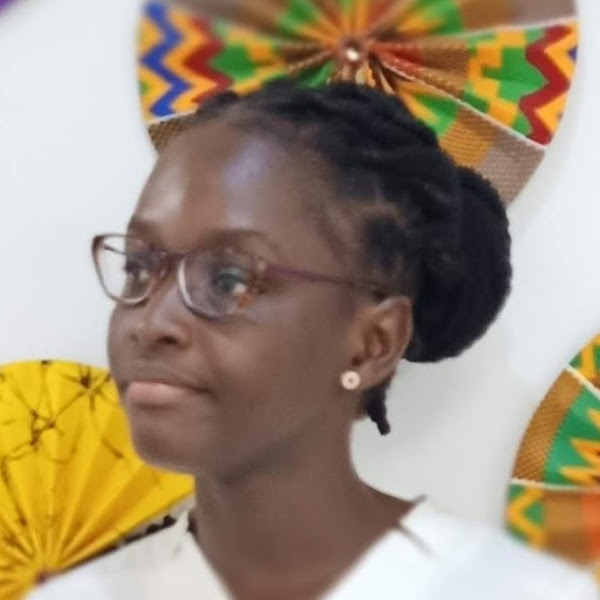
Abigail Annkah
Abigail Annkah is a Research Software Engineer with the Google AI team in Ghana. Abigail has interests in the fields of Computer Vision and Optimization applied to global challenges be it health, education, agriculture and bridging information gaps in developing parts of the world. She is generally enthused about collaborations that promise to impact in the lives of Africans mainly, and beyond thus participating in a lot of mentorship programs.
She has a background in Mathematics and Statistics from her undergraduate studies at the University of Ghana, Legon, in Accra. She had her Master’s degree in Machine Intelligence at the African Institute of Mathematical Sciences in Kigali, Rwanda. Major works done, prior to residency at Google, include the Application of Image Analysis to Microbial Images to understand better how Listeria monocytogenes develops resistance to natural antimicrobials, Spatio-temporal modeling and Malaria prediction in Sub-Saharan Africa and Image Denoising using the Diffusion Equations with explicit numerical methods. During her residency at Google she worked on mapping built up environments in Africa using satellite imagery.
In her leisure time, she enjoys taking long walks, watching movies, listening to music, visiting new places and trying different cuisines.
Research Areas
Authored Publications
Sort By
High Resolution Building and Road Segmentation from Sentinel-2 Imagery
Abdoulaye Diack
Abel Tesfaye Korme
Emmanuel Asiedu Brempong
Jason Hickey
John Quinn
Juliana Marcos
Krishna Sapkota
Mohammed Alewi Hassen
Wojciech Sirko
arXiv, https://arxiv.org/abs/2310.11622 (2023)
Preview abstract
Mapping buildings and roads automatically with remote sensing typically requires imagery of at least 50 cm resolution, which is expensive to obtain and often sparsely available. In this work we demonstrate how public, worldwide imagery from the Sentinel-2 Earth observation mission can be used to carry out this task at a much higher level of detail than the 10 m raw pixel resolution would suggest. To do this, we employ a teacher-student method in which a model with access to a temporal stack of Sentinel-2 images is trained to make the same predictions as a high-resolution model with access to corresponding 50 cm imagery. Evaluating at 50cm resolution, we achieve mIOU of 0.78, equivalent in accuracy to applying a single-frame high resolution model with imagery of 4m resolution.
This work opens up new possibilities for using freely available Sentinel-2 imagery for a range of downstream tasks that previously could only be done with high resolution satellite imagery.
The model will be made available soon to non-commercial, non-governmental entities at https://sites.research.google/open-buildings/ upon request.
View details
Continental-scale building detection from high resolution satellite imagery
Wojciech Sirko
Yasser Salah Eddine Bouchareb
Daniel Keysers
Maxim Neumann
Moustapha Cisse
John Quinn
arXiv (2021)
Preview abstract
Identifying the locations and footprints of buildings is vital for many practical and scientific purposes, and such information can be particularly useful in developing regions where alternative data sources may be scarce. In this work, we describe a model training pipeline for detecting buildings across the entire continent of Africa, given 50cm satellite imagery. Starting with the U-Net model, widely used in satellite image analysis, we study variations in architecture, loss functions, regularization, pre-training, self-training and post-processing that increase instance segmentation performance. Experiments were carried out using a dataset of 100k satellite images across Africa containing 1.75M manually labelled building instances, and further datasets for pre-training and self-training. We report novel methods for improving performance of building detection with this type of model, including the use of mixup (mAP +0.12) and self-training with soft KL loss (mAP +0.06). The resulting pipeline obtains good results even on a wide variety of challenging rural and urban contexts, and was used to create the Open Buildings dataset of approximately 600M Africa-wide building footprints.
View details
